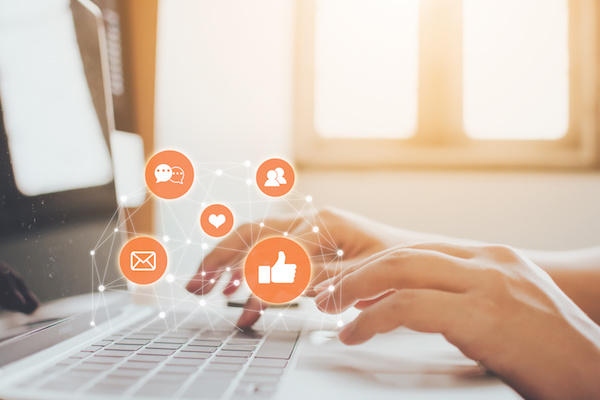
Achieving a prominent online presence is crucial for businesses looking to stay competitive. One of the most effective ways to do this is through SEO marketing, a strategy that can help you to secure a top spot in search engine rankings. For those businesses aiming to dominate SEO search rankings, here are some key strategies to consider.
Quality content is key
When it comes to SEO marketing, high-quality content is your greatest asset. Your website should be a trove of valuable information, engaging articles, and well-researched blogs. Not only does this keep visitors on your site longer, but it also signals to search engines that your site is an authoritative source.
Utilize keyword research and optimization
Conduct thorough keyword research to identify the phrases and terms your target audience is searching for. Once you’ve pinpointed these keywords, you need to strategically incorporate them into your content. Be sure to place your primary keywords in the title, headings, and throughout the body of your content. However, avoid keyword stuffing—placing too many keywords in a small amount of copy—which can harm your SEO efforts.
You must be mobile-responsive
Mobile devices have become the primary means of accessing the internet. To dominate SEO search rankings, your website must be mobile-friendly. Ensure your website is responsive, meaning it adapts to various screen sizes and loads quickly on mobile devices. Google rewards these websites with higher search rankings.
Don’t overlook backlink building
High-quality backlinks are a strong signal to search engines that your website is a reputable source of information. We recommend that you seek opportunities to acquire backlinks from authoritative websites within your niche.
Update and refresh content
To maintain a strong SEO presence, regularly update and refresh your content. Outdated or irrelevant information can lead to a drop in search engine rankings. Staying up to date and relevant can boost your rankings and maintain your position in search results.
Optimize page speed and user experience
A fast-loading website with a smooth user experience is more likely to rank well. This can easily be done by compressing images, minimizing HTTP requests, and enabling browser caching to improve page speed. Create an intuitive and user-friendly design that encourages visitors to stay and explore your site.
Leverage social media marketing
Social media can complement your SEO marketing efforts by increasing your online visibility and driving traffic to your website. Share your content on various social platforms, engage with your audience, and encourage social sharing.
How do you leverage SEO marketing to dominate search engine rankings? Drop a comment in case we missed something.
Alex Wilks has been working as a copywriter and digital marketing strategist since 2018, with added specialties in social media and email marketing. With a Bachelor’s Degree in Journalism and Communication, she is a natural content writer with the ability to connect well with her target audience.

















